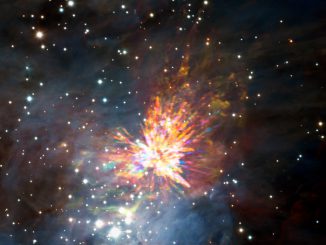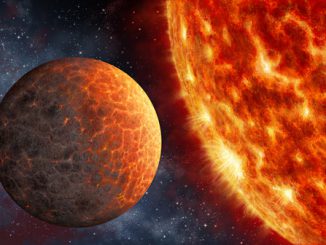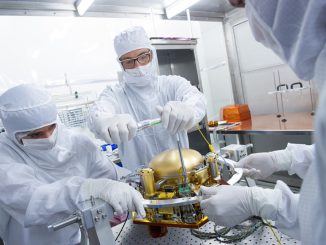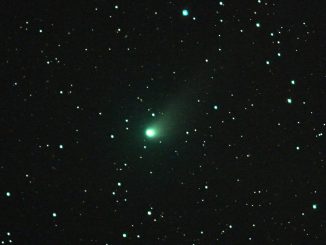
Fireworks left over from stellar explosion in Orion Nebula
Stellar explosions are most often associated with supernovae, the spectacular deaths of stars. But new ALMA observations provide insights into explosions at the other end of the stellar life cycle, star birth. Astronomers captured these dramatic images as they explored the firework-like debris from the birth of a group of massive stars, demonstrating that star formation can be a violent and explosive process too.









